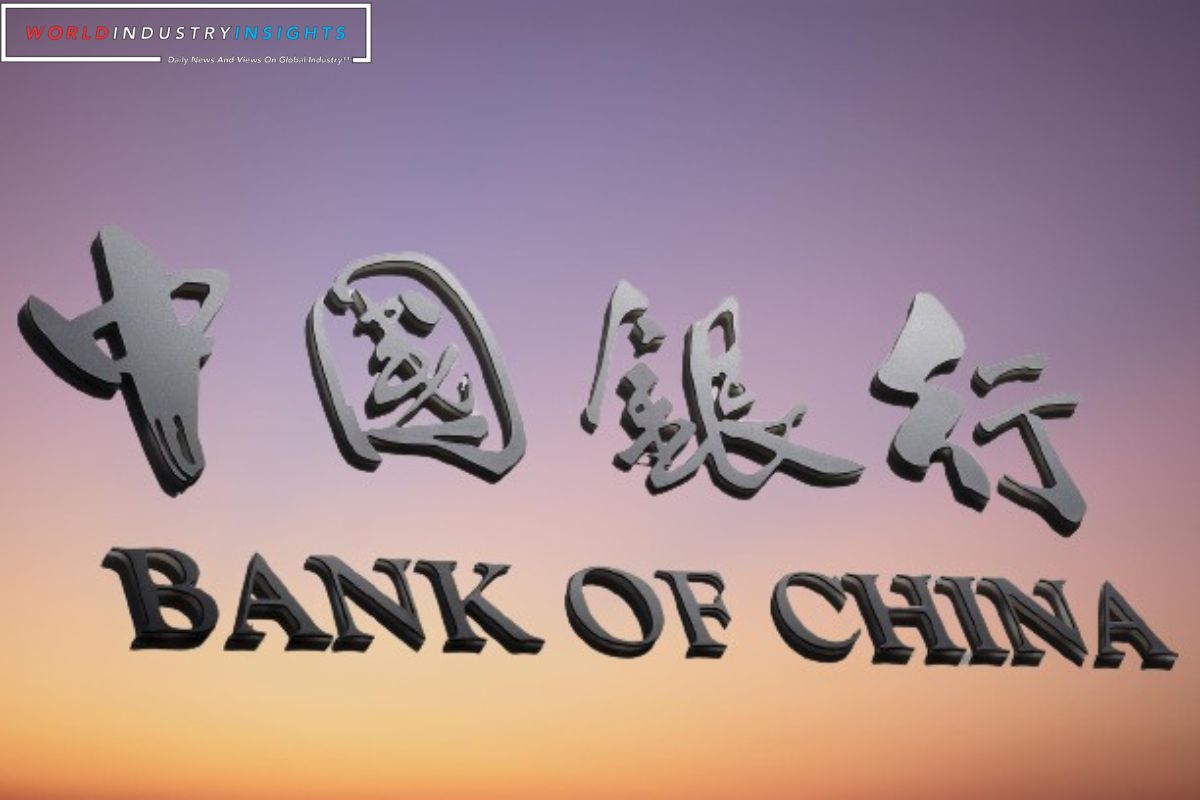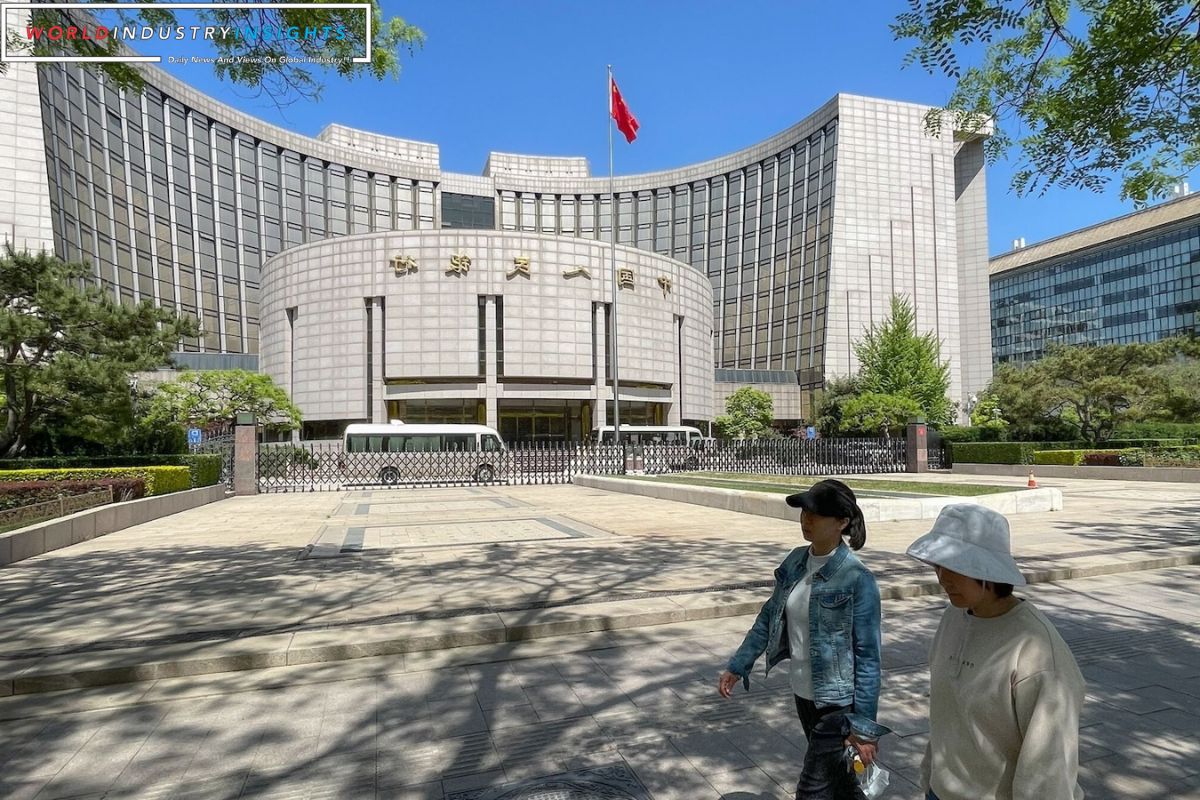Credit Risk Mitigation: In the complex and ever-evolving landscape of China’s financial system, concerns about credit risk have been steadily escalating.
As the country’s leading banks strive to bolster financial stability, they have adopted stringent measures to mitigate potential risks. These measures, which include rigorous reviews and assessments, are aimed at ensuring that the banks’ lending portfolios remain resilient in the face of changing market dynamics.
However, the challenges faced by smaller banks in the interbank lending market highlight the need for a cautious approach to credit risk mitigation.
As we delve into the strategies employed by China’s leading banks, we will also explore the regional risks they face and the broader implications for the stability of the country’s financial system.
Key Takeaways
- Major banks in China are intensifying scrutiny of smaller banks in order to address concerns about the overall health of the banking sector and mitigate potential risks.
- State-owned banks are taking decisive action to address the property debt crisis and local government debt, which includes identifying smaller lenders with poor asset quality and high default risk.
- Smaller banks are facing challenges in the interbank lending market, as they heavily depend on it for funding but face volatility and liquidity constraints. The tightening scrutiny from larger banks exacerbates these challenges.
- One leading joint-stock bank is taking a cautious approach by tightening lending criteria for smaller banks, prioritizing financial stability over portfolio expansion, and ceasing to purchase bonds from smaller banks with total assets below $40 billion. This may lead to potential capital challenges for smaller banks.
Escalating Concerns in China’s Financial System Stability
Escalating concerns arise over the stability of China’s financial system as major banks intensify their scrutiny of smaller peers amid fears of a deepening property debt crisis and its impact on the overall health of the country’s banking sector.
Also Read: ECB Flexes Regulatory Muscles: 20 Banks Face Capital Hike Over Loan Concerns
The intensified focus on credit risks is a response to the growing apprehension surrounding the potential consequences of the property debt crisis.
The major banks, including two state-owned banks and a prominent joint-stock bank, are taking proactive measures to mitigate the risks and ensure the stability of the financial system.
The scrutiny of smaller peers is aimed at identifying and addressing any potential vulnerabilities that could further worsen the situation.
This heightened attention underscores the gravity of the situation and reflects the banks’ commitment to safeguarding the overall health and stability of China’s banking sector.
Larger Banks Respond with Stringent Reviews
Amidst mounting concerns surrounding the stability of China’s financial system, larger banks are taking decisive action by implementing stringent reviews to address the challenges posed by the ongoing property debt crisis and escalating local government debt. These reviews are aimed at identifying smaller lenders with poor asset quality and a high risk of default.
As part of their risk mitigation strategy, state-owned banks are reducing interbank lending limits and imposing shorter maturity periods on smaller banks perceived as high risk. This proactive approach by larger banks demonstrates their commitment to maintaining financial stability and minimizing potential risks in the system. By conducting comprehensive reviews, these banks are better equipped to identify and address vulnerabilities, ultimately bolstering the resilience of China’s financial system.
| Larger Banks Respond with Stringent Reviews | |
|---|---|
| 1. | Decisive action to address property debt crisis and escalating local government debt |
| 2. | Stringent reviews aim to identify smaller lenders with poor asset quality and high default risk |
| 3. | State-owned banks reducing interbank lending limits and imposing shorter maturity periods on higher risk banks |
| 4. | Proactive approach enhances financial stability and minimizes potential risks |
Interbank Lending Market Dynamics and Challenges for Smaller Banks
The dynamics of the interbank lending market pose significant challenges for smaller banks in China, as they increasingly rely on borrowing from local rivals to meet their funding needs. This heavy dependence on the interbank lending market exposes smaller banks to various risks and vulnerabilities.
Firstly, the volatility and liquidity constraints of the market can make it difficult for smaller banks to secure the necessary funds when they need them.
Additionally, the reliance on interbank borrowing can create a domino effect, where the failure of one bank to repay its debts can trigger a chain reaction of defaults. This interconnectedness amplifies systemic risks and threatens financial stability.
Furthermore, the growing concerns about the financial health of smaller banks have prompted larger banks to tighten scrutiny, exacerbating the challenges faced by smaller banks in accessing funds from the interbank lending market.
Therefore, it is crucial for smaller banks to diversify their funding sources and strengthen their risk management practices to navigate the complexities of the interbank lending market.
Cautious Approach of Leading Joint-Stock Bank
One leading joint-stock bank has implemented a cautious approach by tightening its lending criteria for smaller banks. This move is significant as it highlights the bank’s concerns about potential credit risks in the market. By ceasing to purchase bonds issued by smaller banks with total assets below $40 billion, the bank is sending a clear message that it is prioritizing financial stability over expanding its portfolio.
This cautious stance raises concerns about the potential capital challenges faced by smaller banks, which may struggle to attract funding from larger institutions. It also prompts speculation about the need for intervention from Beijing to implement supportive measures and ensure the overall stability of the financial system.
Overall, this cautious approach by a leading joint-stock bank reflects the growing awareness of credit risks and the importance of risk mitigation in China’s banking sector.
- This cautious approach by the leading bank highlights the bank’s prioritization of financial stability over portfolio expansion.
- By tightening lending criteria for smaller banks, the bank is taking proactive steps to mitigate potential credit risks.
- Ceasing to purchase bonds issued by smaller banks with total assets below $40 billion could lead to capital challenges for smaller peers.
- Concerns arise about the need for intervention from Beijing to support smaller banks and maintain overall financial stability.
Regional Risks and Broader Implications for China’s Financial System
As leading joint-stock banks tighten their lending criteria for smaller banks in China’s financial system, concerns arise regarding regional risks and their broader implications on financial stability.
The scrutiny by state-owned banks reveals that some of the reviewed small lenders are located in highly indebted areas such as Northeast China, Inner Mongolia, and Henan province.
While individual small banks may not pose a systemic risk, the collective dangers emerge when many rely on short-term money market borrowing. This development underscores the challenges faced by smaller banks in navigating economic headwinds and financial market dynamics.
The situation necessitates close monitoring due to potential implications for the overall stability of China’s financial system. It is crucial for regulators and policymakers to address these regional risks and ensure that appropriate measures are in place to mitigate any potential threats to financial stability.
Conclusion Of Credit Risk Mitigation
China’s leading banks have taken significant steps to mitigate credit risk and bolster financial stability. Through stringent reviews and a cautious approach, they have addressed escalating concerns in the financial system.
However, challenges in the interbank lending market and regional risks still pose potential threats to smaller banks and the broader financial system. It is crucial for all stakeholders to remain vigilant and proactive in managing these risks to ensure the continued stability of China’s financial sector.
Our Reader’s Queries
How do you mitigate credit risk from customers?
To mitigate credit risk, it’s crucial to implement standard credit policies across the enterprise. Streamlining the customer onboarding process and efficiently aggregating credit data are also key techniques. Utilizing a best-in-class credit scoring model and standardized approval workflows can further reduce risk. It’s important to conduct periodic credit reviews to ensure ongoing risk management.
How do you mitigate credit concentration risk?
To reduce concentration risk, there are several strategies you can employ. One option is to gradually sell off your shares. Another is to hedge your holdings to minimize portfolio risk. Covered calls can also be used to mitigate risk. Exchange funds offer potential benefits as well. Additionally, creating a charitable remainder trust or gifting highly appreciated assets to charity can be effective ways to manage concentration risk.
What does mitigate mean in credit?
Credit risk mitigation is a crucial aspect of lending that involves measures taken by lenders to minimize the chances of borrowers defaulting on their payments. To ensure that their balance sheets and profits remain unaffected, lenders employ various safeguards to mitigate risks. Failure to implement adequate risk mitigation strategies can have a detrimental effect on the lender’s financial stability.
Which of the following are credit risk mitigation techniques?
To reduce credit risk, various strategies are employed such as risk-based pricing, covenant inclusion, post-disbursement monitoring, and limiting sectoral exposure. These tactics help to ensure that lending is done in a responsible and calculated manner. By implementing these measures, lenders can minimize the likelihood of default and protect their investments.




